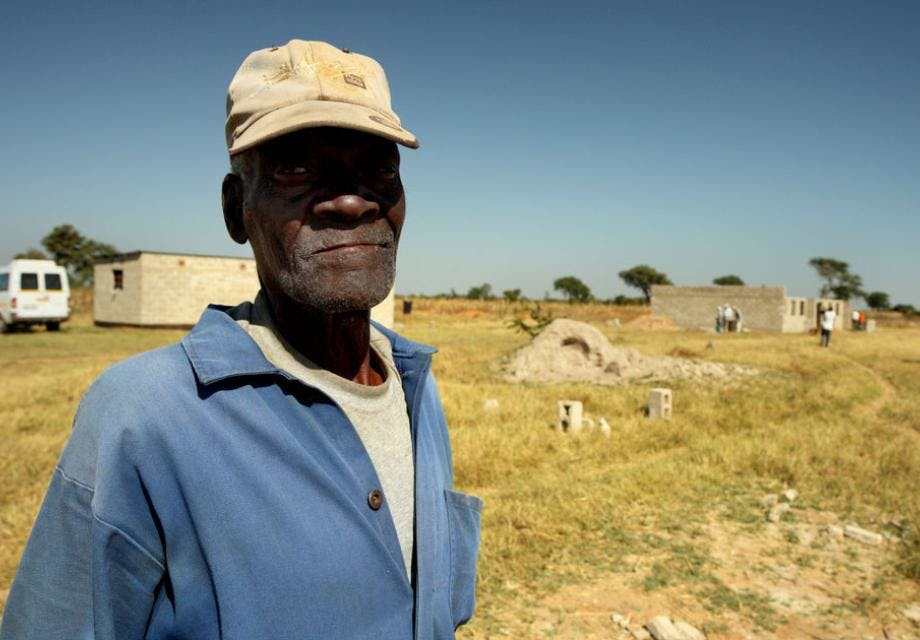Older and hard-to-reach men benefit from HIV self-testing in Zambia
Caitlin Mahon
18 January 2019
HIV self-testing can increase knowledge of HIV status among men – particularly those older, and hard to reach – and should be considered as part of a comprehensive package in high prevalence settings.
Zambian men over 30 were twice as likely to use HIV self-testing than men aged 16-29, with self-testing increasing knowledge of HIV status in this group from 21% to 30%.
Over a three-month period, this cluster-randomised control trial compared the delivery of door-to-door rapid HIV testing versus HIV self-testing on knowledge of HIV status across 66 community clusters in northern Zambia.
Overall, 68% of people in the HIV self-testing group knew their status after the intervention, compared to 65% in the non-HIV self-testing group. The difference was driven by men, with 60% in the self-testing group versus 55% in the control group, with no evidence of a difference between arms among women.
This specific study was nestled within the larger HPTN071 (PopART) trial, currently taking place in 21 communities in South Africa and Zambia. Its aim is to estimate the effect of a household combination HIV prevention package which includes door-to-door HIV testing via finger-prick, immediate treatment for all HIV-positive people regardless of CD4 count, and promotion of voluntary male medical circumcision (VMMC) for HIV-negative men.
Between January and April 2017, door-to-door visits were carried out among people who had consented to be part of the PopART trial and were eligible for HIV testing (over 16 years old). 13,706 individuals were offered the standard PopART care intervention of home-based, finger-prick, rapid HIV testing with a community health worker, and 13,267 individuals were offered the options of HIV self-testing or home-based HIV testing.
For those who elected HIV self-testing, they were shown how to complete the test and read the results; they were also offered supervised testing, or they could choose to do it later (unsupervised), depending on their preferences. This group were given an OraQuick test, a friendly pictorial guide, a card with the community health worker’s number, a self-complete results form and an envelope for returning the used self-test.
People who had a partner that wasn’t present at the time of the visit by the health worker were offered an HIV self-test for the absent partner. They were told what to say to their partner and not coerce them into taking a test. A card with the health worker’s details was left so that the absent partner could get in touch for any further information or confirmatory testing.
For those who elected to self-test or secondary distribution, the community health worker made a return visit after seven days to verify use and offer follow-up services.
The primary outcome of the study was increased knowledge of HIV status, defined as the individual self-reporting their HIV-positive status to a community care worker, or accepting the offer of either an HIV test or self-test. Use of a test by an absent partner was recorded after notification to a community health worker.
The results revealed the most impact on men – both young and over 30, but most significantly on the older group – with over a third (38%) choosing to self-test in private, or self-testing via secondary distribution, compared to 16% of men aged 16-29.
Unsurprisingly, almost all those reached via secondary distribution (through their partner) were male – suggesting that future, alternative strategies could also include workplace or testing at social venues as an effective strategy to reach this group.
It also had an impact on reaching men who had never tested at either of the two previous PopArt intervention rounds, outside of this specific nestled trial, and men who had participated in previous rounds but who had chosen not to test.
Continuing research into interventions to reach those who traditionally do not engage with health services in high-prevalence settings such as Zambia will be a critical part of reaching global targets which call for 90% of people knowing their status by the end of this year.
Get our news and blogs by email
Keep up-to-date with all our latest news stories and blogs by signing up to the Be in the KNOW news digest.
